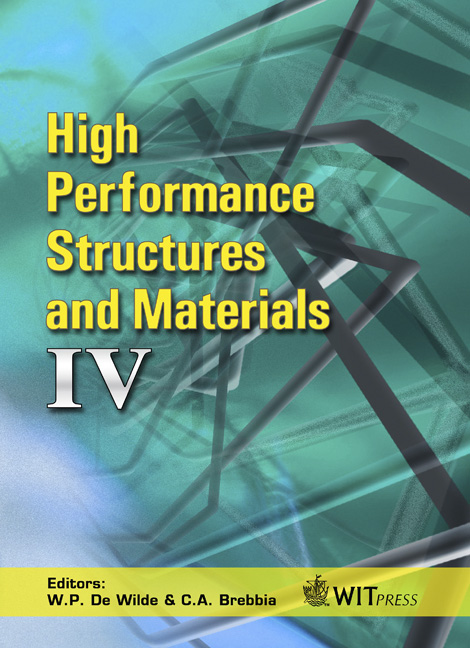Effect Of The Physical And Mechanical Properties Of Composites On Their Grinding Characteristics
Price
Free (open access)
Transaction
Volume
97
Pages
7
Page Range
149 - 155
Published
2008
Size
289 kb
Paper DOI
10.2495/HPSM080161
Copyright
WIT Press
Author(s)
S. D. El Wakil & K. Srinagesh
Abstract
Experiments were carried out on different fiber-reinforced polymeric composites in order to gain a deeper understanding of the significance and effect of each of the physical and mechanical properties of the various composites on the quality of the machined surface during cylindrical grinding. For such a comparison to be valid the process parameters such as feed rate, depth of cut, and R.P.M. were kept constant in each case. The results enabled understanding of the phenomena of heat generation and heat dissipation during the grinding process. They would also serve as an aid in selecting the appropriate type of composite for a specific application. Keywords: fiber-reinforced polymeric composites, grinding, properties of composites. 1 Introduction While fiber-reinforced polymeric composites are currently very popular in fabricating boats, skiing gear, automobile panels, small rockets, and aircrafts, their use as structural machine components has been quite limited. This is mainly due to the difficulties encountered in achieving adequate levels of dimensional accuracy and surface finish when those composites are subjected to precision machining operations, e.g., grinding. Problems such as degradation, thermal damage of the ground surface, excessive noise and vibrations, and clogging of the grinding wheel are frequently encountered. This is evidently caused by the nature and the physical and mechanical properties of this class of material, which are different from those of metals.
Keywords
fiber-reinforced polymeric composites, grinding, properties of composites.





